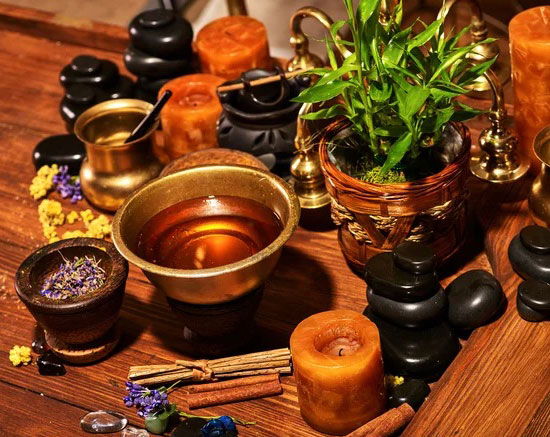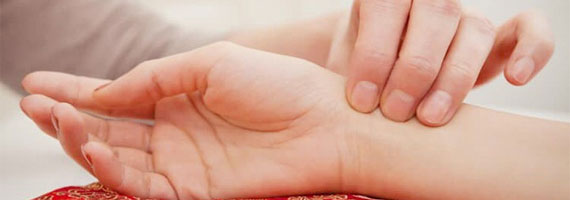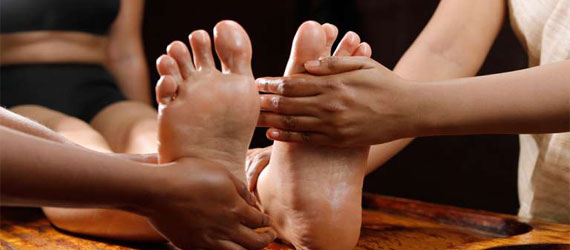Three Doshas
Ayurvedic methods of prevention and cure strive to bring our bio-physiology back to its primordial state because, according to Ayurveda, the imbalance of doshas results in disease.
Each individual has the characteristics of all 3 doshas, but in different proportions and it is these proportions that determine our physical and psychological traits. The basic doshas are
1.Vata | 2.Pitta | 3.Kapha
Vata (wind) operates communication and movement of the body – it deals with the nervous system; with joints – where the movement takes place; with the elimination of waste and so on. Its main seat is the colon.
Pitta (fire) relates to the metabolic processes in the body. Using the vocabulary of allopathic medicine, it is responsible for the endocrine system (hormones) and digestive system (enzymes). The main organs of pitta are the small intestine, liver and duodenum.
kapha (earth) is related to the structure of the body – 7 bodily tissues, bones and muscles.




